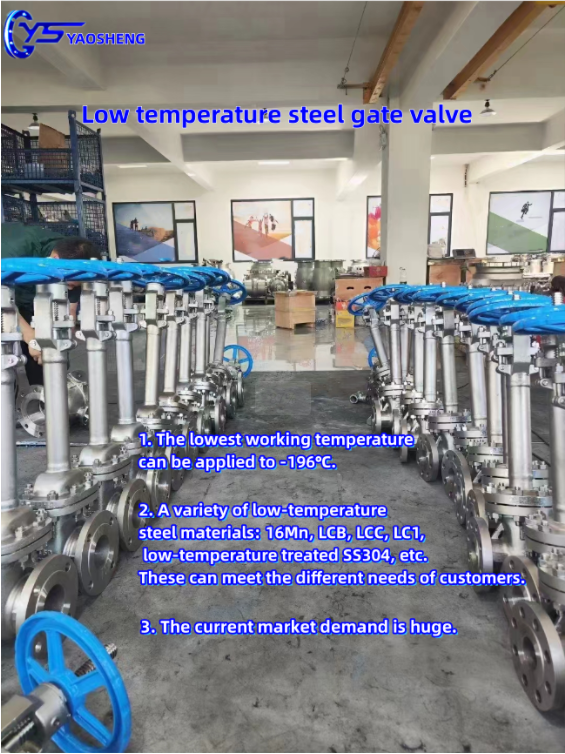floating valve
Understanding Floating Valves A Key Component in Fluid Control
Floating valves, also known as float valves, are essential devices used in various industrial and domestic applications for fluid control. These valves are designed to regulate the flow of liquids, ensuring that the water levels in tanks and reservoirs are maintained at optimal levels. The operation of floating valves is based on a simple yet effective principle that makes them widely applicable in numerous settings.
The primary function of a floating valve is to maintain a constant water level within a tank or system. This is achieved through a float mechanism that rises and falls with the water level. Typically, the floating valve consists of a float that is connected to a valve seat. When the water level rises, the float elevates, causing the valve to close. Conversely, when the water level drops, the float descends, allowing the valve to open and refill the tank. This automatic regulation of water levels prevents overflow, conserving water and protecting equipment from potential damage caused by excess water.
Floating valves are commonly used in applications such as agricultural irrigation, aquaculture, and domestic water systems
. In irrigation systems, they allow for efficient water management by ensuring that water is released only when necessary, thus reducing wastage. In aquaculture, they help maintain appropriate water levels in fish ponds, contributing to the health and growth of aquatic life. In households, floating valves are often found in toilet tanks, where they control the refill of water after flushing, providing a reliable and efficient solution for wastewater management.floating valve

One of the significant advantages of floating valves is their simplicity. They typically require minimal maintenance and are straightforward to install. Their design allows for easy adjustment to different water levels, making them versatile for various applications. Additionally, floating valves are available in different materials such as plastic, brass, and stainless steel, allowing for selection based on the specific requirements of the application, including resistance to corrosion and durability.
Moreover, floating valves play a crucial role in energy conservation. By preventing overflows and maintaining optimal water levels, they contribute to the efficient use of energy in pumping systems. When water levels are accurately controlled, less energy is required for pumping, which not only reduces operational costs but also supports sustainable practices.
In conclusion, floating valves serve as a critical component in fluid control systems. Their ability to automatically regulate water levels makes them indispensable in various fields, from agriculture to household plumbing. With their low maintenance needs, efficiency, and versatility, floating valves represent an effective solution for managing water resources. As industries continue to focus on sustainability and resource conservation, the importance of floating valves in ensuring efficient fluid management will undoubtedly grow.
-
High-Security Lockable Gas Valve - Tamper-Proof ControlNewsAug.30,2025
-
Reliable Hydraulic Valves for Efficient Fluid ControlNewsAug.29,2025
-
Reliable Electric Actuators for Industrial Valve AutomationNewsAug.29,2025
-
Premium Line Blind Valves for Secure Pipeline IsolationNewsAug.29,2025
-
Premium Electric Valves for Smart Fluid Control SolutionsNewsAug.29,2025
-
Precision Balanced Valves for Optimal System PerformanceNewsAug.29,2025
-
Heavy-Duty Flanged Butterfly Valves for Water SystemsNewsAug.29,2025




